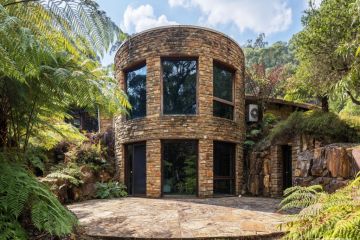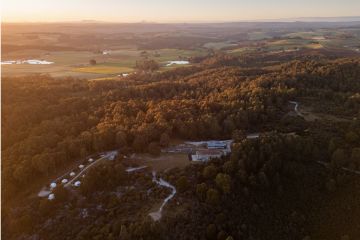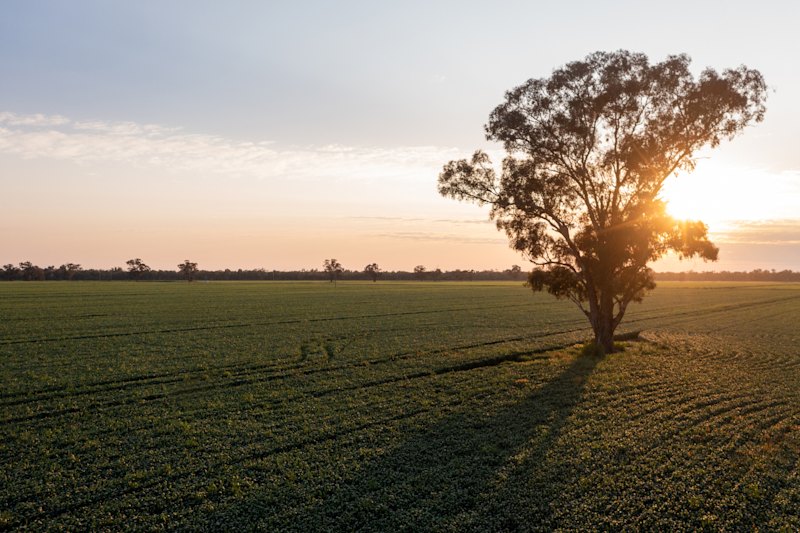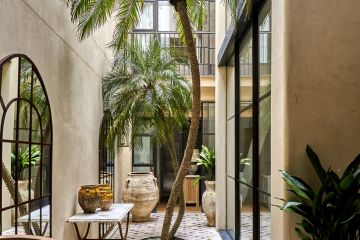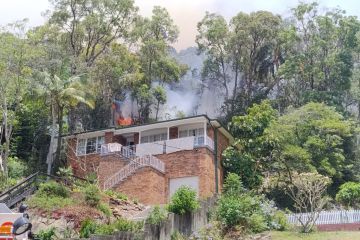How this property was architecturally designed for sensory needs
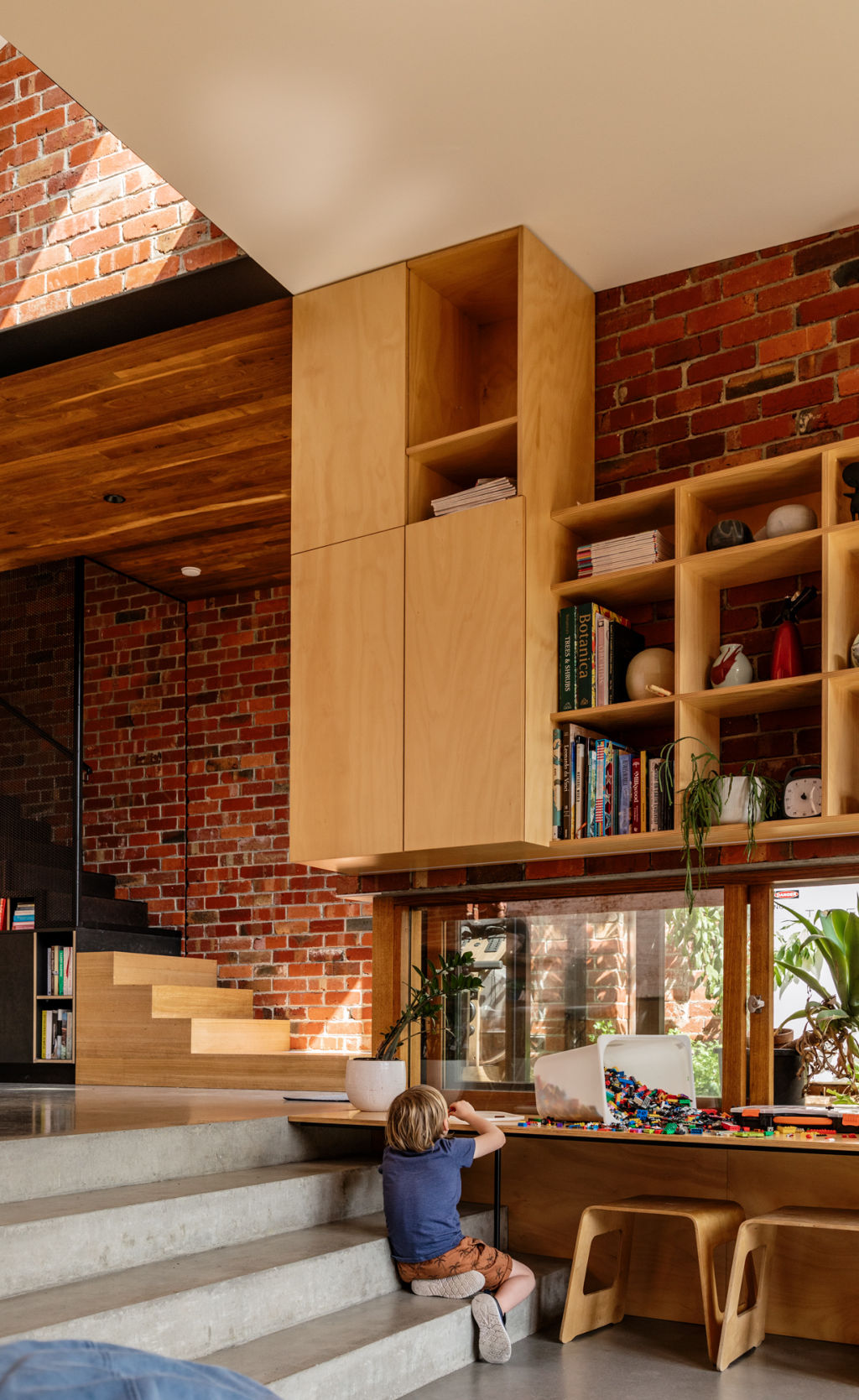
It’s often the case that architecture designed for a rare and specific purpose can end up having an enigmatic appeal that marks it as refreshingly different to a structure made to impress for what it cost, or to display the latest in fashionable materiality.
The in-fill house in Melbourne’s Richmond that has taken up the space between a single-storey cottage and a double-level heritage brick terrace would be intriguing even if you didn’t know the back story of its brief.
Made with 27,000 recycled red bricks, it fits so well into the streetscape that the architect is pleased when people tell him they barely notice it.
“It’s so sympathetic and open,” Anthony Clarke says, “that many people presume it’s been there a long time.”
The house he’s called “Hungry Hands” was only completed on its 165-square-metre site last year. And it took a slightly circuitous route to get there.
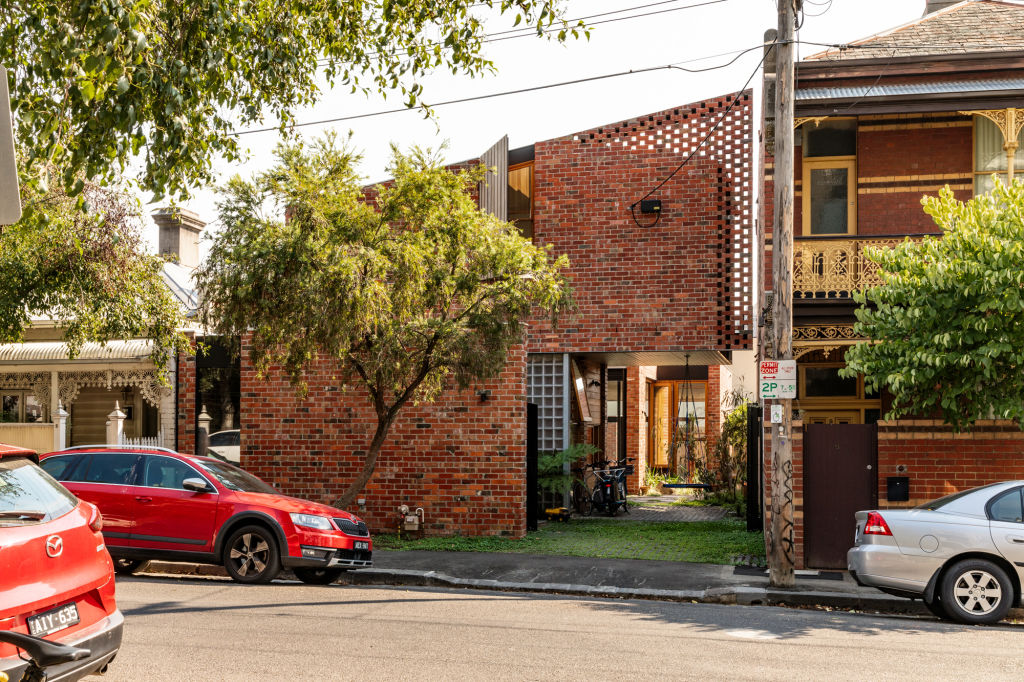
Shortly after Clarke was commissioned to design a home for a family of four, the requirements of the brief changed when one of the pre-teen children was officially diagnosed with a form of autism known as “sensory seeking” that drives the person experiencing it to restlessly search out stimulation from their environment.
As Clarke says, “the starved nervous system craves stimulation in the form of things like touch, sound and physical movement”.
The commission couldn’t have gone to a better practice than Bloxas because, for many years, Clarke has been channelling considerable research endeavours (that currently include a PhD thesis) and a growing portfolio of finished projects into making architecture that works for people challenged with specific health issues.
While the three-bedroom Richmond house with the “over-loaded, seriously over-stimulating” ground-floor program is about catering for a boy who needs to interact with the world through physical sensation, Clarke has also designed houses to be supportive for people with sleep problems, chronic fatigue, trauma and memory loss.
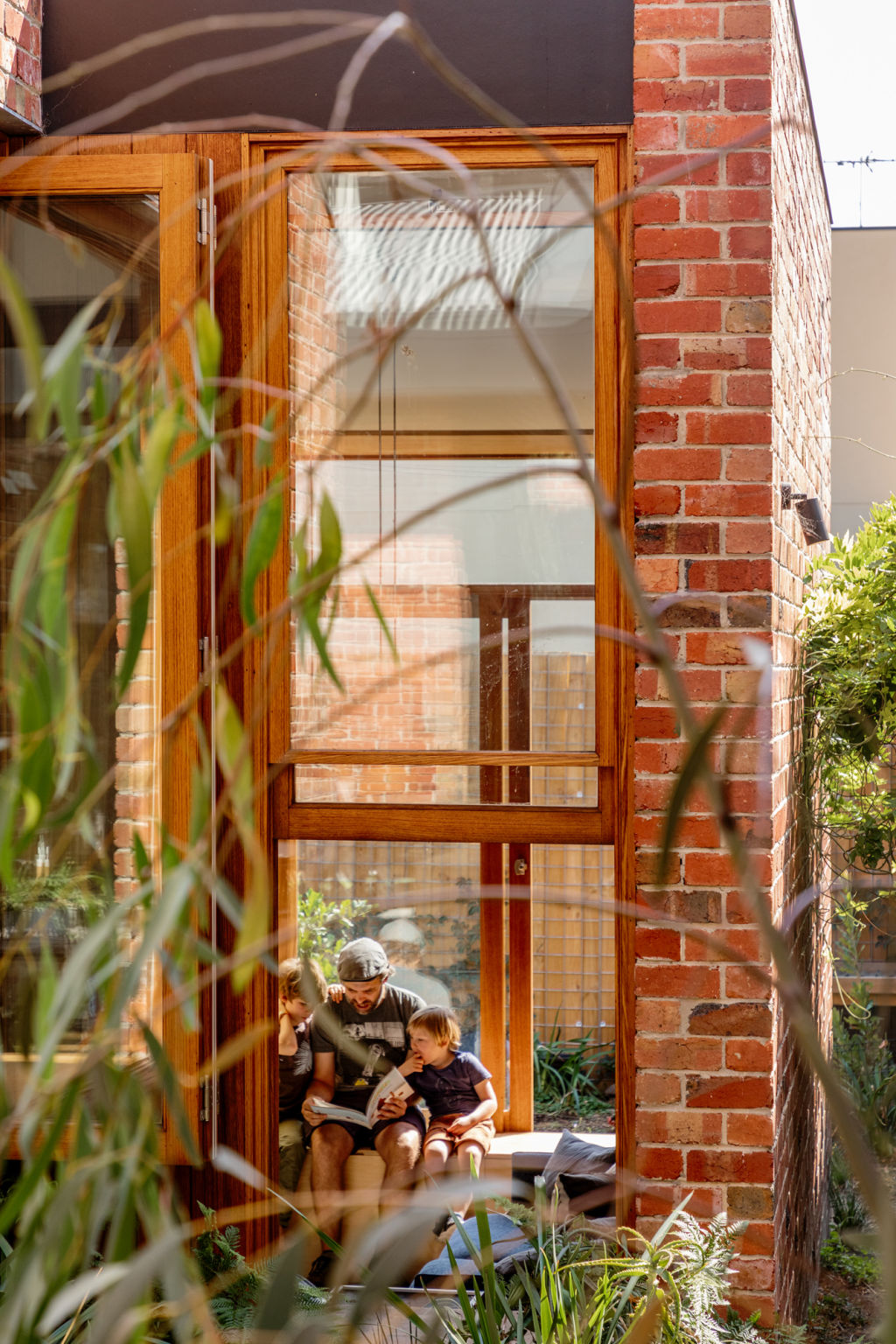
Increasingly the architect has been working in a specialist design stratum that could be called therapeutic architecture. He says it’s about health and wellbeing, architecture that is also for the needs of neuro-diverse people.
“It’s hard to put into words because it’s so complex working with individuals who have unique views and needs. It’s very new and exciting and absolutely fascinating,” he says.
To really understand what would sustain the young client with autism, Clarke enlisted the help of an anthropologist to explain the parameters of the sensory seekers’ world, and that information fed the strategy of designing a ground-floor plan where the bricks in the 11 blade walls were rough and smooth, sometimes jagged, sometimes begging to be climbed.
“They’ve got all different levels of texture and detail so that he can feel them and get a certain ‘fix’.”
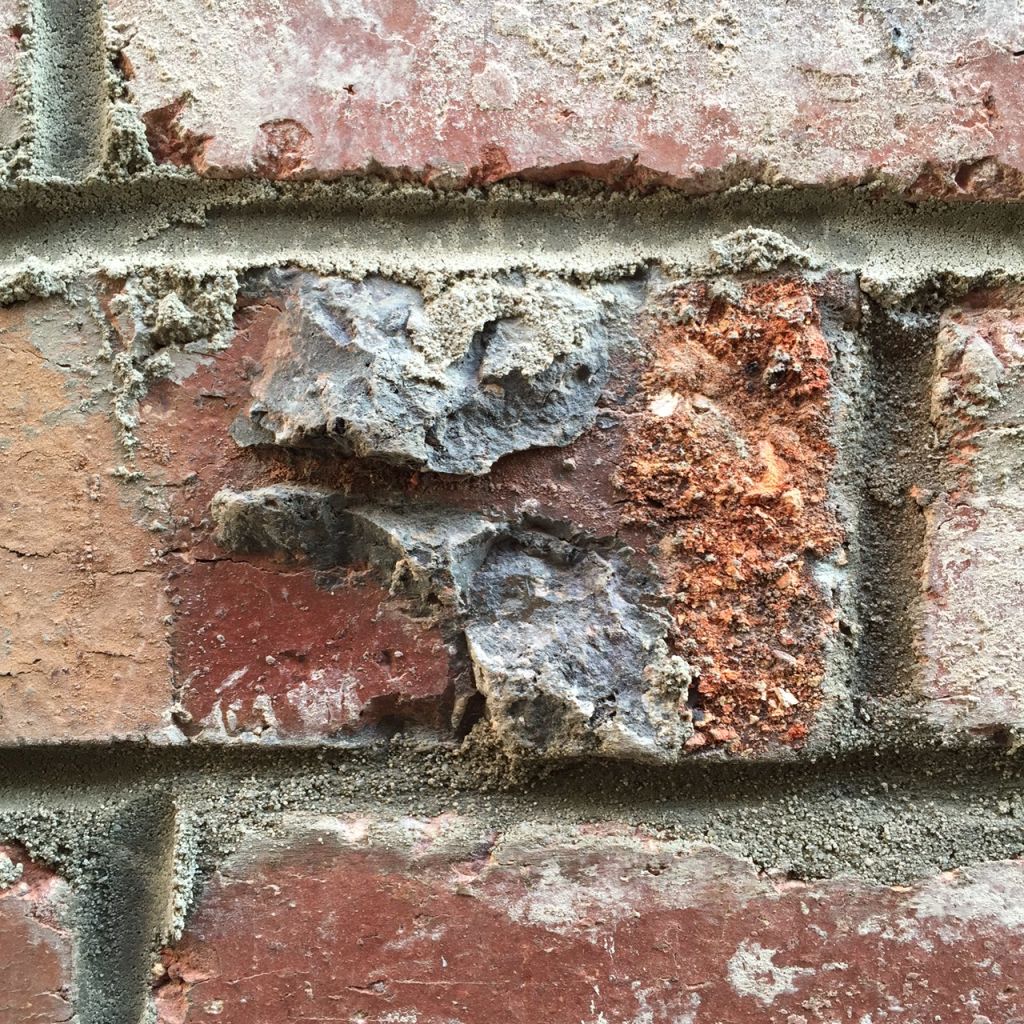
The underfoot terrain of the very open ground floor that you can see right through, and which allows the boy to run right around the house, includes varying surfaces.
On the vertical plane, glass bricks feel different to the holes in the stair balustrade that invite exploratory fingers. The swing under the pressed-tin entry portal is another zone of movement and tactility.
“It’s all about enabling activity and everything in it has a purpose,” Clarke says.
“All the stimulation is downstairs. Upstairs is different. With plywood and cork and white, it’s a more calming place.”
While it is purposeful as a three-dimensional thesis on the idea that architecture has repercussions, the therapeutic application of Hungry Hands is incorporated into a bright, very airy and perfectly family functional house. It even has enough inbuilt environmental features to have been recognised with an important sustainability award last year.
“I find it a beautiful house,” Clarke says, of its obvious liveability.

“It’s raw and robust and informal and it gets good sun. There are lots of areas [including two small studios] to sit and work and read.
“It’s only a small house but I heard from the mother the other day that it’s been working well during lockdown. And that says that the project is doing everything it’s meant to do.”
We recommend
We thought you might like
States
Capital Cities
Capital Cities - Rentals
Popular Areas
Allhomes
More
- © 2025, CoStar Group Inc.
